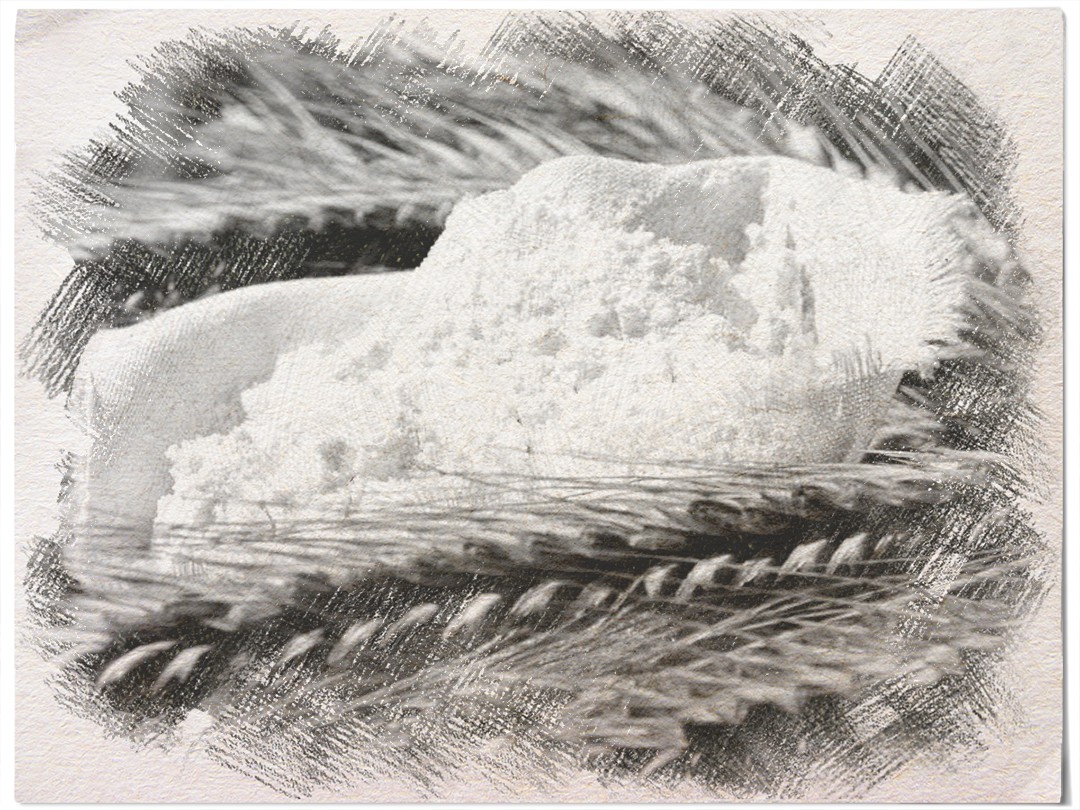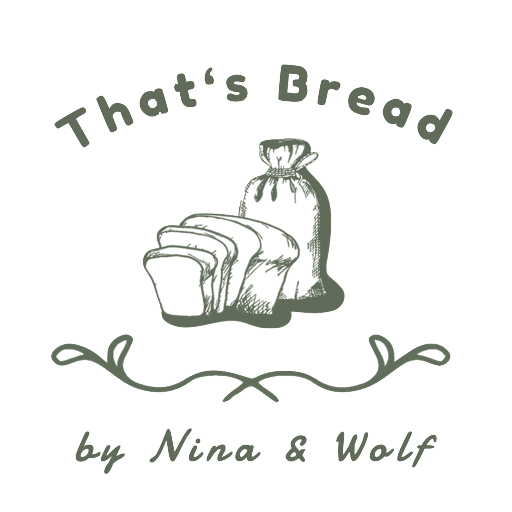About Flour Types

Flour comes in different ways. We’ve been thinking about how we can tell you what flour you will have to use for the recipes you can find here. You will ask yourself why we worry about this. Having lived in a number of different countries, we have experienced first hand the problem of identifying the right flour for the recipes. To make matters worse, human mankind has not managed to come to an agreement on naming things so that they can be identified by anyone, no matter where they live. There are different types of flour that are used, not only by the type of grain but also how they have been processed. We have wheat flour, spelt flour, rye flour, corn flour … just to name a few. Then you will find on occasions some odd numbers on the packages of flour, and they will even differ for the same flour depending on which country you live in.
We have tried and summarize our findings here. So if you use a recipe that is using for instance French T80 flour and you live in Thailand, you can see that you could substitute White Swan Bread flour if you can’t lay your hands on French T80 Flour. The list of flours shown in this table is still incomplete – we are still working on it though …

Some of the more widely used flours
If you live in Europe – particularly in Germany, you will have come across flour types like 405, 550, 1050 or similar. Without going into too much of detail, the numbers simply tell you how fine or coarse the flour is, how much it has been processed and thus how many minerals and vitamins are still in it. This is what is called the “Yield”.
In other words, the higher the number, the more minerals and naturally occurring vitamins are still in the flour. This has quite an effect not only on the color of the flour (lower number = whiter color, higher number = darker color) but also on the nutritional value.
The more the flour is processed, the fewer minerals it has and this is diminishing the nutritional value. Now that we are clear on the different flour types, let us get into details what they can be used for.
Wheat
This is probably the most widely used grain and although it provides a lot of protein, it lacks a lot of important stuff we need in our diet – like minerals, vitamins and a little roughage. Let’s talk a little about the different types of wheat flour first and what they are used for. We’ll stick to the more commonly known classifications in English – you can refer back to the cross reference table above to find the flour that matches with the notation you may know.
Pastry Flour (Type 405): The most classical flour found in the shop and is heavily processed. It will thus have a low mineral content and very fine in its consistency. You can use it for baking cakes, cookies, and white bread as well as for binding gravies.
All Purpose Flour (Type 550): This flour has been processed a little less than the pastry flour, contains thus more minerals and is taking up liquids much slower. This will help during baking in stabilising the baking process somewhat. This flour is widely used for baking bread, making puff pastry, pizza, noodles and dumplings.
Bread Flour (Type 812): Is quite darker in color feels a little coarse. Not suitable for a variety of baking but for dark wheat bread and mixed wheat / rye breads well suited. If you want to make a tasty, crusty, darker bread – this is the one for you.
High Gluten Flour: This flour is mostly used for baking dark breads that are made of a mixture of flours. You can also use it for tasty and piquant quiches and cakes.
Rye
Rye is very much loved in Europe though elsewhere in the world it is picking up as well. Its no wonder since the high volume of minerals and fiber found in rye flour makes it a good choice for baking good and aromatic bread.
Light rye (Type 815): This one is perfect for baking all sorts of plain rye and mixed flour bread. It will deliver great flavor and a nice crust.
Medium rye (Type 997): This is even darker then type 815 since it contains more fibre and minerals. It is especially suited for strong rye breads.
Dark rye (Type 1150): Is often mixed together with wheat flour for baking rye mixed breads
Spelt
The close relationship with wheat makes spelt an ideal candidate for mixing it with wheat or even substitute it for wheat to produce great tasting bread. Spelt has much more gluten than wheat which makes it great to work with so if you substitute spelt for wheat, you will also have to adjust your kneading time by kneading spelt less than wheat. Although it as a relatively high gluten content, it is more often tolerated by people that have a problem with wheat. Note though – people that suffer from celiac disease are still unable to eat spelt based breads.
White spelt (Type 630): This type is well suited for making cakes, cookies, white breads and other, demanding types of baked goods (i.e. Choux pastry), sourdough wholegrain breads and the like.
Wholemeal spelt (Type 812): Is often used for making lighter coloured breads and pizza.
Wholegrain spelt (Type 1050): A strong flour suitable for mixing with wheat and even rye. Makes great tasting cakes and Quiches.
Gluten-free flour
If you want to create gluten free products, you will find standard, grain based flours will not be able to give you the ability to do so unless you pre-process them (i.e. remove the gluten). As an alternative, you can use flour replacements. Though these are from the industry also called “flours”, they are strictly speaking not flours – they are a flour replacements. For simplicities sake we will call them “flour” as they are used in the same context as their grain based counterparts. Following is a selection of some gluten free flour replacements.
Buckwheat Flour: A reasonably dark flour with high protein levels. with a Slightly nutty flavor it is a good choice for making bread, cakes and waffles.
Almond Flour: Very aromatic alternative to a grain flour. Important to know is that almond flour is not the same as almond meal though both are created by grinding the almonds. The almond flour is put through another step by having the oil removed and then ground finer than the meal. Almond flour is well suited for sweet style bakings (i.e. cookies, brownies and muffins). Also great when used as replacement for flour when crumbing fish or meat.
Coconut Flour: High on protein and fiber, it can be a great substitute for grain based flours, however you cannot substitute it 1:1. A quick rule of thumb is to swap about 1/3 cup coconut flour for 1 cup of regular flour. You will also need to increase the liquid usage in your recipe (i.e. Water, Eggs, etc.) because coconut flour will absorb any liquid pretty well. Try it also for binding soups and sauces.
Corn flour: a low protein content makes it mandatory to mix in wheat flour if you want to bake bread with it. Great for binding soups and sauces but of course also great for making tortillas, Nachos and corn flour waffles.
Chickpeas: intensive nutty flavor and has a high protein content. Especially suitable for making Falafel.
Riceflour: Great alternative for use in making sweet and savory backing, making noodles and pancakes
Manioc Flour (cassava flour): Is made from the root of the cassava plant. Though it is somewhat dangerous when eaten raw (it contains cyanide), it is safe to use the flour since it has been processed and will be cooked (baked). Tapioca is the starch of the cassava tuber, so it has less nutritional value than the cassava flour.
Can flour go off?
Depending on the fat content of the flour, it may actually become rancid. You can tell by the smell, rancid flour smells musty our sour. It really depends how much processing the flour went through, the more it is processed, the longer its shelf life would be since its oil has been removed (more or less) through the processing.
In other words, a very fine, white highly refined flour will last longer than a whole wheat (grain) flour. Its best to keep your flour dry and cool and try not to keep it for more than 6-12 month.
About DY of different flours
Some last words about the “standard” DY you can achieve with different flours. When we say “standard” DY we of course exclude deliberately chosen high hydration recipes. Each flour has the ability to absorb only a certain amount of liquid before it becomes to soft to be comfortably handled by anyone that hasn’t worked with high hydrated dough before. Here are some numbers for certain flours:
- Austrian and German flours – DY 165
- Italian TIPO both 0 and 00 – DY 170
- Durum wheat flours – DY 173
- Swiss Ruch flour – DY 180
- Wholemeal – DY 175
Keep this in mind when you mix various flours and you will be able to aim for the right dough consistency.
